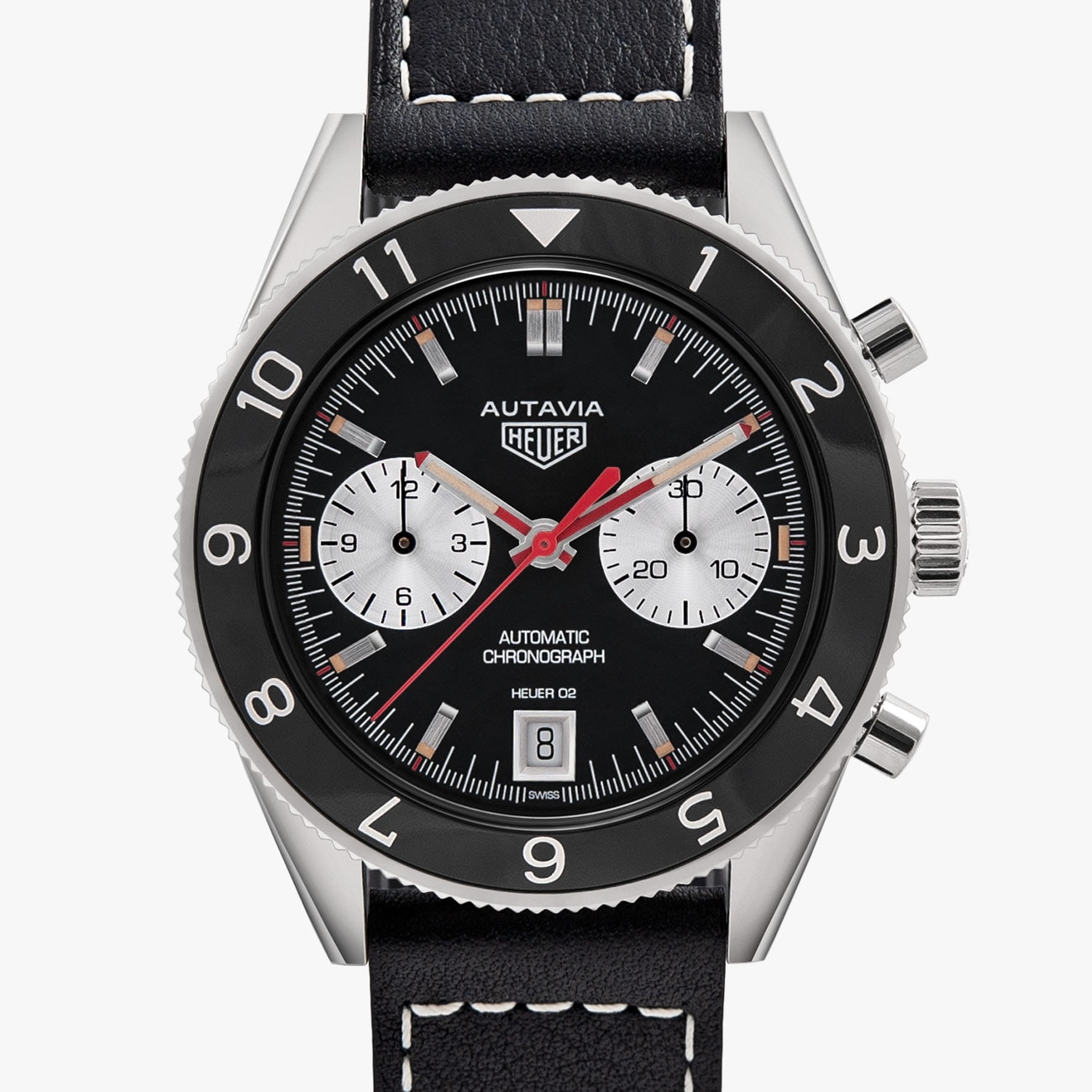For better or worse, two related automotive truisms – “fashion is cyclical” and “history repeats itself” – are both in full force. Callbacks to the ’80s and ’90s are the rage: resurfaced nameplates like the Toyota Supra and Ford Bronco steal headlines with vintage style, and turbos are very popular again. However, more so than any other style or technology trend, the most significant callback is the resurgence of Malaise-Era dullness from American ars and exciting, lively cars from Asia.
From the early ’70s through the early ’90s, American car manufacturers consistently produced some of the most unloved and undesirable cars in the world – the Malaise Era. The combination of the oil and energy crises in ’73 and ’79 forced U.S. brands to adapt to sky-high oil prices and new legislative regulations mandating safety and emission standards. Instead of spending money to innovate, U.S. manufacturers lazily complied and found the easiest workarounds.
The resulting cars and trucks were mostly uninspired, underpowered, front-wheel-drive mechanical messes with no attention to detail and every expense spared to cut costs. Meanwhile, European and Japanese manufacturers, well-versed in small cars and efficient engines, saw a boom in popularity in the states. By comparison, the imports were undeniably better.
Fast forward to 2019, and we’re not exactly in an oil or energy crisis, but we’re witnessing the hybridization and electrification of almost every manufacturer lineup, due to increasingly strict emission standards and tightening safety standards. In terms of those changes, the U.S. automakers are pinching pennies again. On the bright side, manufacturers from Japan and the rest of Asia are pumping out some of the most exciting cars we’ve seen in decades.
It’s clear that SUVs and crossovers make up the bulk of automotive sales these days, so you can’t fault companies for leaning into the growing segment. On the other hand, Ford and GM have said repeatedly sedan sales are dead, coupes aren’t earners and the only way forward is awkwardly shaped CUVs with milquetoast handling, designed purely for profit and meeting emissions requirements.
Take a look across the pond and you’ll see Toyota focusing more energy into making the Avalon, Camry and Corolla Hatchback fun, desirable cars. Kia also deserves applause for coming out with a stellar sedan in the Stinger GT as does Hyundai with Genisis, its luxury sub-brand.
In the ’70s, the lack of desire to spend capital meant that reputations sagged as much as product quality, putting Ford, GM, and their respective subsidiaries in the multi-decade slump. They’re falling into the same stock-holder-interest-fueled trap today. Toyota knows the Supra will be somewhat of a loss leader just like Honda knew the new NSX wasn’t going to rake in cash, but they made them anyway. And brands like Kia and Hyundai know if they make high-quality, fun-to-drive cars, people will buy them. We’re at a time where the cycle of fashion and history are coming back around, and the stateside car makers happen to be on the wrong side of it.
Most watches have some sort of heritage built into them. But the TAG Heuer Autavia 1972 Re-Edition has more than most. The name Autavia comes from TAG Heurer’s history in auto racing and aviation — “AUT” from “auto” and “AVIA” from “aviation.” The 42mm 1972 Re-Edition is fashioned after the iconic 1972 Heuer Autavia 1163V Viceroy but contains modern updates like a two-register dial layout, a sapphire case back and a date window at 6 o’clock. This modern automatic chronograph update is a commendable addition to the Autavia family. Learn More: Here



